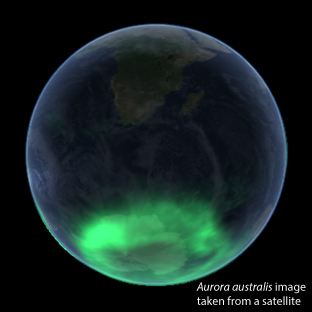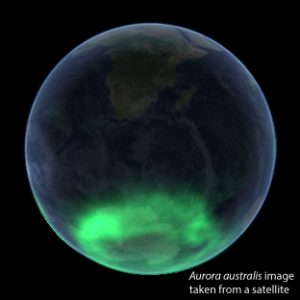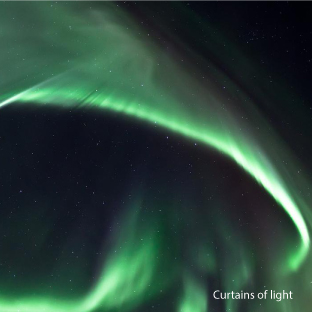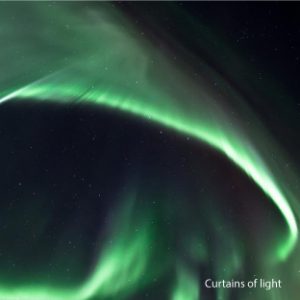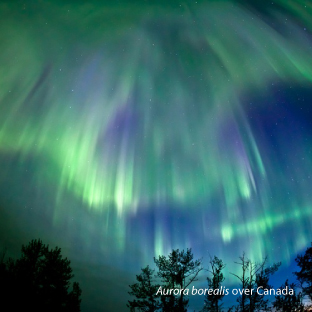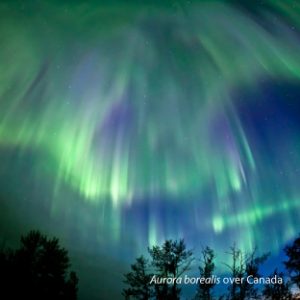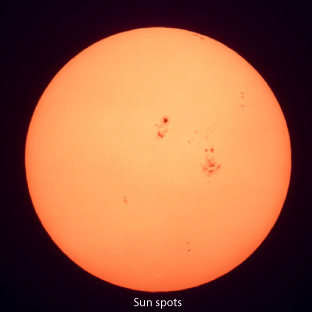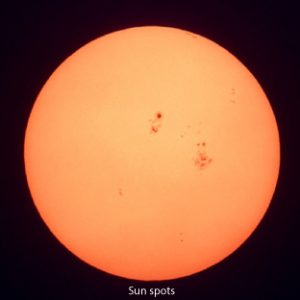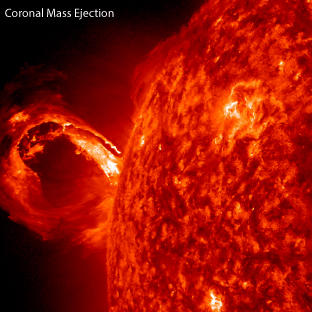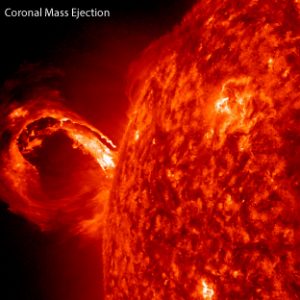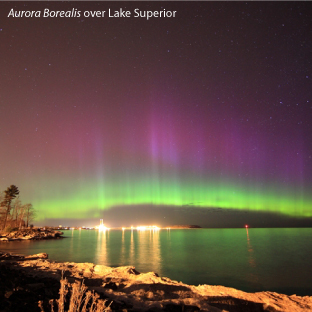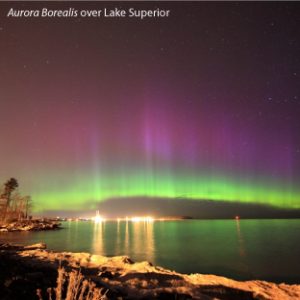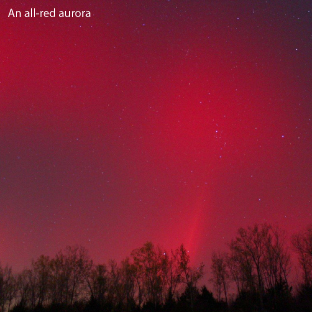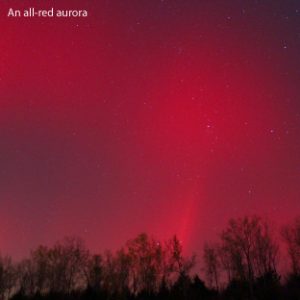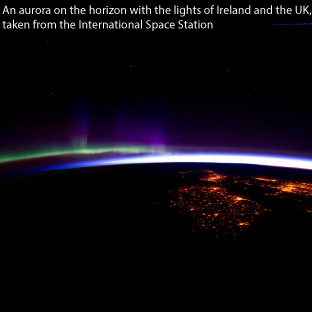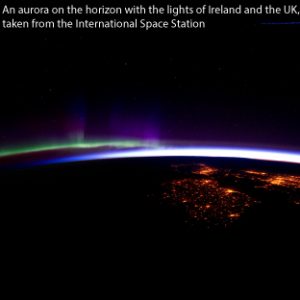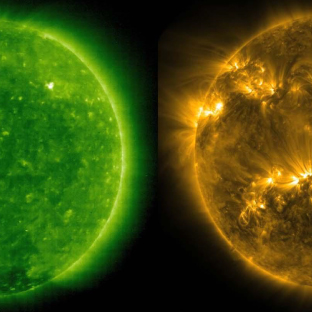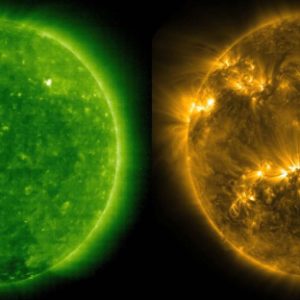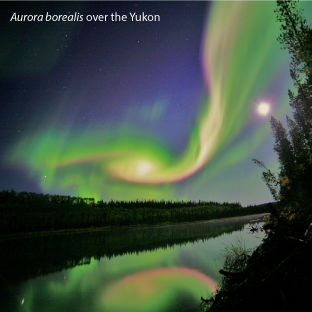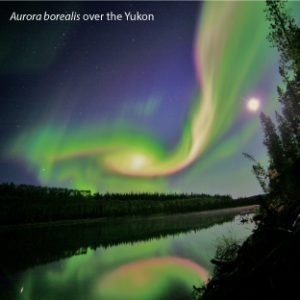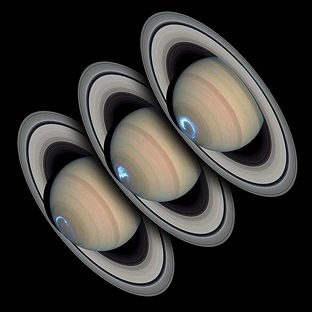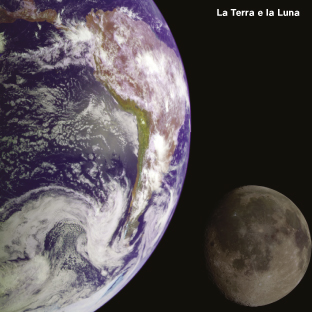In 1859 it is thought that the Sun released one of the biggest coronal mass ejections ever. This created a series of huge magnetic storms in August and September of that year.
The aurorae these storms produced were extremely bright and very widespread, being seen at much lower latitudes than normal. It is said that in Boston, USA it was so bright at 1am in the morning that you could read a newspaper.
The storms disrupted many telegraph lines but those that were in line with the magnetic field of the aurora on the night in question continued to work even when the batteries were turned off.
This helped scientists to understand the connection between aurorae and electricity.
Aurora in folklore
Many native people thought that the lights they saw were spirits of the animals that they hunted. Some believed that the lights were the spirits of their own people. In medieval times it was thought that seeing an aurora meant that war or famine were just around the corner.
